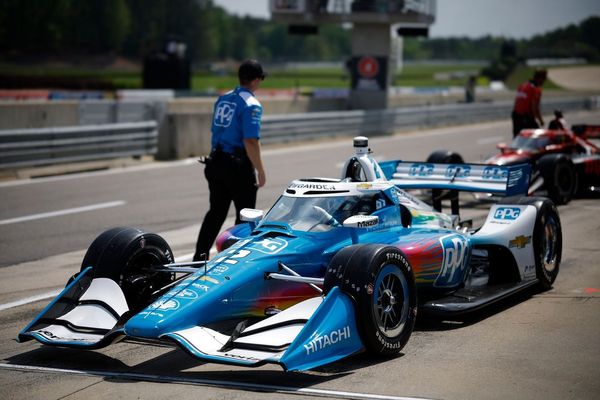
Of course, a lot of this breakneck growth in brand value has been driven by heavy advertising spends. At a forecast growth rate of 22 per cent for 2022, India’s ad spends are set to be more than double the growth rates in major economies like the US (10 per cent growth), the UK (9.3 per cent) and Japan (8.5 per cent). In fact, the median growth rate for Asia is actually brought down by China, which is struggling with a fresh outbreak of the covid pandemic and where ad spends are forecast to grow at just over three per cent for the year.
Tata Consultancy Services, with a brand value of $46 billion, is 2022’s most valuable Indian brand, rising two places up the rankings and snatching the crown from HDFC, which had held on to the top spot since 2014. Actually, tech brands dominate the BrandZ list, with six IT majors—TCS, Infosys, HCL Tech, Wipro, L&T Infotech and Tech Mahindra—accounting for nearly a fourth of the ranking’s total value.
Digital, in fact, appears to be the flavour of the year. Digital now accounts for close to 42 per cent of all ad spends in India. In 2022, digital ad spend is expected to grow 31.2 per cent, well ahead of traditional media, according to the report.
So Indian brands are doing great. But mostly in India. While India’s tech majors like TCS, Infosys and Wipro are now familiar brand presences in most global markets, and tech-driven newcomers like Ola and OYO Rooms are beginning to go global, the India Brand Story is still almost wholly an India story.
And therein lies the rub. Take the brand valuations. The top 75 Indian brands had an aggregate brand value of $393 billion. But this pales into insignificance when one looks at the global picture. According to the same report, Apple, the world’s most valuable brand with a brand value of $947.1 billion, is worth more than twice the top 75 Indian brands put together. Google, in second place, and one of the fastest risers in the ranking, increased its brand value by a staggering 79 per cent in a single year to touch $819.6 billion.
In fact, the combined value of the world’s Top 100 most valuable brands, at $8.7 trillion, puts India’s total GDP of $3.5 trillion in the shade. And China, low growth in ad spends notwithstanding, has managed to build formidable global brand value, with the top 100 Chinese brands crossing $1.1 trillion in value despite repeated lockdowns and other pandemic-induced disruptions.
The takeaway is clear. Indian brands are merely big fish in a small pond. While there have been a handful of Indian brands which have managed to enter some global markets, they have hardly made a dent in those markets. Contrast this with the Indian smartphone market, for instance, where four of the top five smartphone brands are Chinese, and one Korean.
The other notable is that the big brands in India are hardly seen in everyday life—we know TCS powers the government's passport service but it isn't visible the way global consumers can see Apple products for instance. These brands are aspirational employment providers for job seekers, not perhaps for consumers as products.
Dizzying domestic stock market valuations have driven Indian businessmen like Gautam Adani and Mukesh Ambani to the top tier of the world rich list, rubbing shoulders with the likes of Elon Musk, Jeff Bezos and Bill Gates. But the same cannot be said of the brands they have created. Look at the values of the brands the likes of Gates and Bezos have created—Amazon’s worth more than $705 billion while Microsoft’s over $611 billion, and Tesla is the world’s most valuable car brand with a brand value of nearly $76 billion. The distance that Indian brands have to traverse to catch up becomes starkly clear.
India’s global brand successes have been in the tech space. Outside of that, the global brands big league is dominated by Western, Japanese, Chinese and Korean brands. All of them share one common characteristic—they are truly global players, with presence, and significant market share, in virtually all major global markets. Unless Indian brands are prepared to follow suit and take on global competition in the global marketplace, the India Brand Story will remain just that—an India story.







